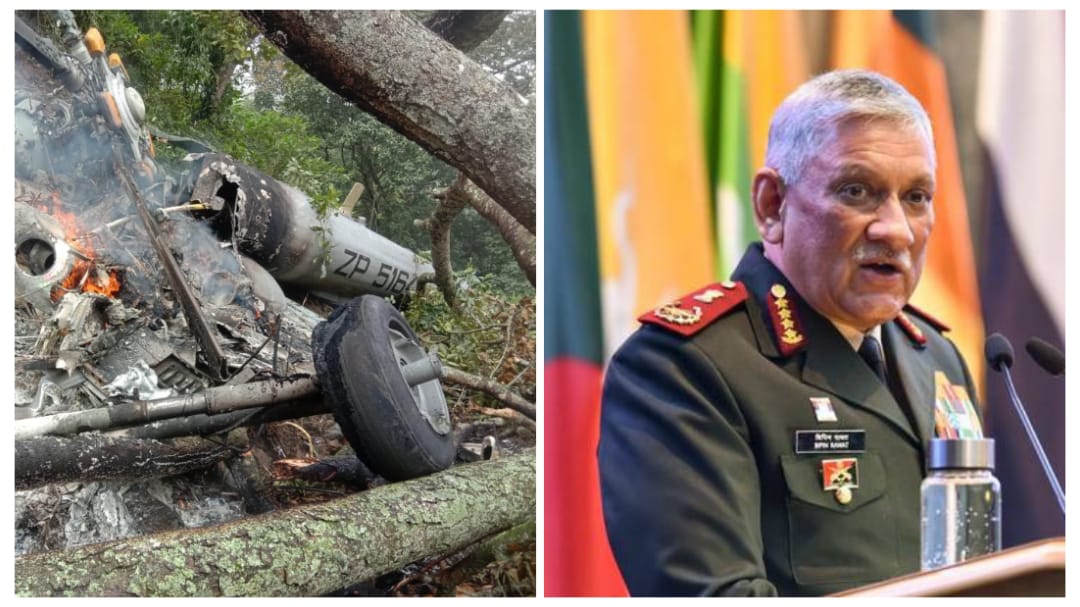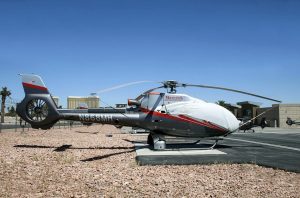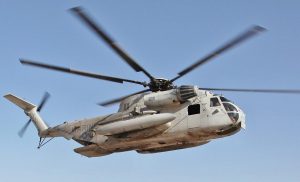An IAF Mi-17V5
helicopter carrying India’s Chief of Defence Staff Bipin Rawat and 13 others crashed
in Tamil Nadu on Wednesday. Five bodies have been found near the crash site and
four have been hospitalised. Details about the condition of those on board
remains to be disclosed.
According to media
sources, General Rawat, his wife and his Defence Assistant were among those on
board.
Also Read | Chopper with Chief of Defence Staff Gen Bipin Rawat on board crashes in Tamil Nadu
The Mi-17V5, the
chopper carrying the Chief of Defence Staff, is a military transport variant in
the Mi-8/17 family of helicopters. The Mi-17V-5 is produced by Kazan
Helicopters, a subsidiary of Russian Helicopters, according to the website airforcetechnology.com.
The helicopter has
the capacity to move cargo inside the cabin and also possesses an external
sling. The Mi-17V5 is one of the world’s most advanced transport helicopters.
The chopper is deployed for troop and arms transport, fire support, convoy
escort, patrol and search-and-rescue missions.
Also Read | Who is General Bipin Rawat?
India’s Ministry
of Defence (MoD) ordered 12 Mi-17V5 helicopters during the Aero India Show in
February 2013. Even earlier, the Ministry of Defence had ordered 80 helicopters
at a cost of $1.3 billion in December 2008. Deliveries to the Indian Air Force
(IAF) began in 2011, with 36 helicopters delivered by early 2013.
Features of
the helicopter
The Mi17-V5
medium-lifter helicopter is designed along the frame of the Mi-8 airframe. The
chopper is said to be functional in tropical as well as maritime climates and
even in desert conditions.
Also Read | Tamil Nadu helicopter crash: Who all were on board?
The cabin of the
Mi17-V5 helicopter has a large cabin with a floor area of 12.5 square meters
and an effective space of 23 square meters. There are portside doors and ramps
in the chopper that allow for prompt ingress and egress. The helicopter has a
maximum takeoff weight of 13,000 kilograms.
Survivability
of the helicopter
The Mi17-V5
helicopter’s cockpit and vital components are protected with armoured plates.
The aft machine gun position is also fitted with armoured plates to protect the
gunner.
There are
self-sealed fuel tanks are filled with foam polyurethane which protects against
explosions. The chopper also incorporates engine-exhaust infrared (IR) suppressers,
a flares dispenser and a jammer.







